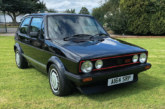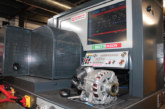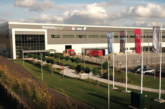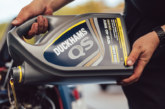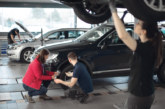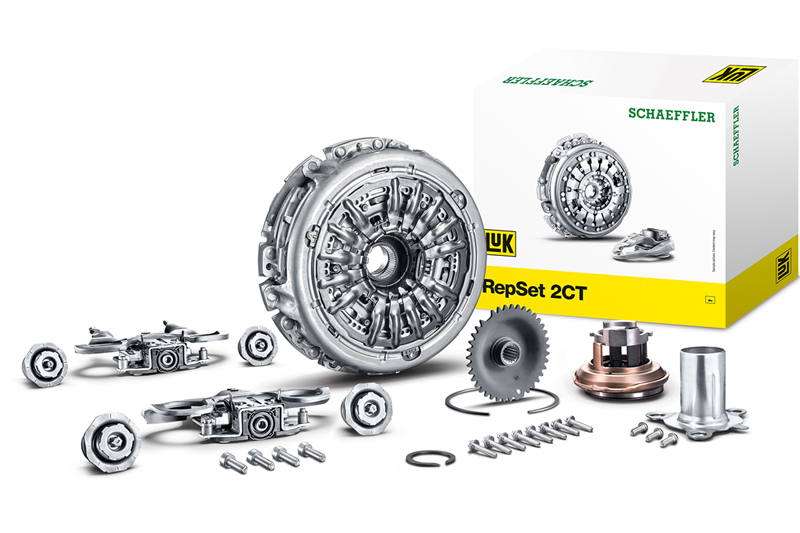
Schaeffler REPXPERT Alistair Mason analyses how the clutch and transmission system is adapting to the evolution of engines.
Manual gearbox cars are still very popular, so there is still a high demand for clutch repairs and replacements. The number of vehicles using self-adjusting clutches continues to increase, as they give the benefits of a lighter clutch operation, with a consistent bite point and clamp load.
We are now seeing the use of hydroelectric clutches in semi-automatic transmissions, where an electrical actuator controls hydraulic pressure to the concentric slave cylinder to operate the clutch. A position sensor is fitted to the slave cylinder to give feedback on the clutch position.
The future is in electrically-controlled clutches, which will also help reduce vehicle emissions, allowing the car to coast wherever possible.
Double clutch systems are also now being used by most vehicle manufacturers (VMs). The main advantage is the gearchange speed, which can be as quick as 0.08 seconds! Because of this, when accelerating, drivers tend to hold the throttle in one position until the desired speed is reached, and then they lift slightly to maintain that speed. As a result, it is much easier for the vehicle to run at Lambda 1 to aid emissions control and, because the gearbox is controlled by an ECU, it is always in the correct gear. The dry double clutch system is the most efficient, as there is no drag on the clutch.
Importance of clutch and transmission maintenance
Generally, the only maintenance that factors need to warn their customers about on the transmission system is to change the oil on automatic, wet double clutch and constantly variable gearboxes. This is because the oil becomes contaminated as the clutch wears, and loses its lubricating properties as it deteriorates, which causes premature wear on associated components, leading to expensive repair bills.
Another area to look at, to ensure that gearboxes are maintained properly, is the control unit software. VMs are constantly modifying software to optimise systems and to prevent potential problems.
Advice for workshops when sourcing parts
Factors should be advising workshops to fit quality parts from a known manufacturer, and not to choose simply on price. It is the workshop’s reputation at the end of the day, and if rectification work is required due to faulty parts, who’s going to pay? There’s also going to be an unhappy customer.
I’d also recommend not ‘mixing and matching’ parts during a clutch replacement – technicians should use all components from just one brand, as they will be optimised to work together. If the flywheel is also being replaced, again use the same brand. We have seen many problems arising from mixing different branded components.

